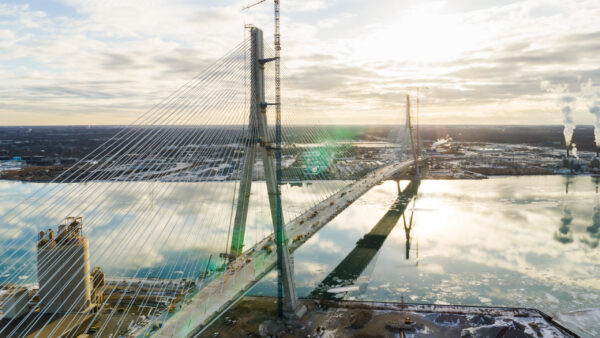
Millions of people living in Chinese cities face rapid subsidence, according to a major new study.
Dozens of researchers led by Ao Zurui of South China Normal University used a satellite radar technique called “interferometric synthetic aperture radar” (InSAR) to measure land subsidence in all of China’s major cities between 2015 and 2022.
The study, published in the journal Science, found that 45% of urban lands are sinking faster than 3mm a year, while 16% are sinking faster than 10mm a year.
Researchers said the cause appears to be a range of factors including groundwater withdrawal and the weight of buildings.
China expanded its cities rapidly between 1980 and the present day.
In that period, the country’s urban population went from 19% of the total to 64%, some 896 million people, the World Bank says.
According to the study, 29% of them are affected by the slower rate of subsidence, while 7%, or 62.7 million people, are affected by the faster rate.
In a hundred years, up to 26% of China’s coastal lands will be lower than sea level, the study says, owing to the combined effect of subsidence and sea-levels rising.
Cities affected by subsidence should learn from Tokyo, Robert Nicholls, from the University of East Anglia’s Tyndall Centre for Climate Change Research, told Reuters.
He said Tokyo sank by about 5 m until it banned groundwater extraction in the 1970s.
- Sign up to our free email newsletter to get construction stories from around the world sent to your inbox three times a week.










